1. The crankshaft rotates during the intake stroke, and the connecting rod drives the piston down, while the intake valve opens.
The air and gas filtered by the air filter are evenly mixed through the mixer and then sucked into the gas engine cylinder. When the piston reaches the bottom dead center, the cylinder is filled with mixed gas.
2. The compression stroke crankshaft is driven to rotate by the inertia of the flywheel, and the piston is pushed to move from bottom to top dead center through the connecting rod. At the same time, the exhaust valve is closed, and the mixture is compressed.
3. When the piston moves to the top dead center during the power stroke, spark plug 7 generates a spark under the action of the high-voltage current generated by the ignition signal generator and ignition coil, igniting the combustible gas in the cylinder. The high-temperature and high-pressure gas generated during combustion drives the piston of the gas generator set downwards, and drives the crankshaft to rotate through the connecting rod, transmitting torque to external work.
4. When the exhaust stroke piston moves from bottom to top dead center, the exhaust valve opens and the valve operator closes. The exhaust gas after combustion in the cylinder is pushed out by the piston and discharged out of the cylinder along the exhaust duct.
Several common combustion methods for gas generator sets:
1. The rich combustion of gas generator sets refers to having more fuel and relatively less oxygen, but it has sufficient power. However, due to insufficient combustion in the cylinder, it will be discharged through smoke pipes to the outside. The advantages are full power, low fuel temperature, and the disadvantages are high carbon monoxide emissions and high fuel consumption.
2. The lean combustion of gas generator sets results in low gas content in the mixed gas, and the ratio of gas fuel to air can reach 1:25 or higher in engines. The disadvantage of this type of engine is that it emits excessive residual oxygen and loses power. However, the advantage is that the combustion of fuel in the cylinder is sufficient, and the emission of nitrogen oxides is reduced.
3. The combustion method of a gas generator set is stoichiometric combustion: it refers to the ratio of the actual amount of gas contained in the theoretically fully combustible mixture to the amount of air, and is a parameter that represents the proportion of fuel to air in the combustible mixture. If the equivalence ratio is greater than 1, it indicates that the actual air content in the combustible mixture is less than the required theoretical air volume, which means that the air volume is insufficient, and the combustion efficiency decreases with the increase of the fuel equivalence ratio. Conversely, if the equivalence ratio is less than 1, it indicates that the actual air content in the combustible mixture exceeds the required theoretical air volume, which means that there is excess air volume. The equivalence ratio is actually the reciprocal of the excess air coefficient. This type of combustion of nitrogen oxides has a high displacement and temperature, reaching 700 degrees Celsius at high temperatures.
This article is a friendly contribution from the 700kW gas generator set. For more relevant knowledge, please click on: Sincere attitude. We will provide you with comprehensive services. We will gradually contribute more relevant knowledge to everyone. Stay tuned
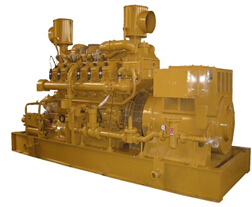
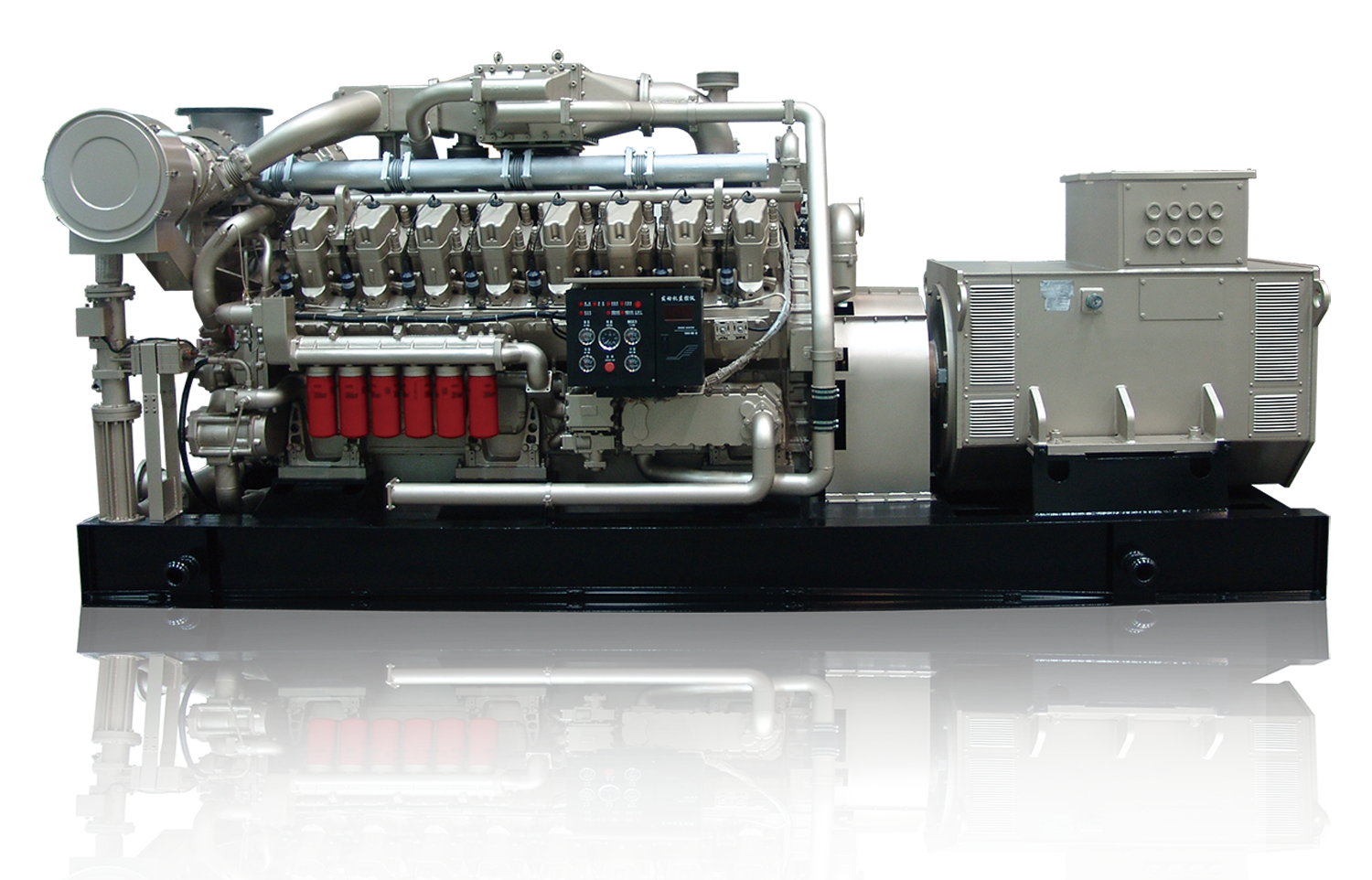
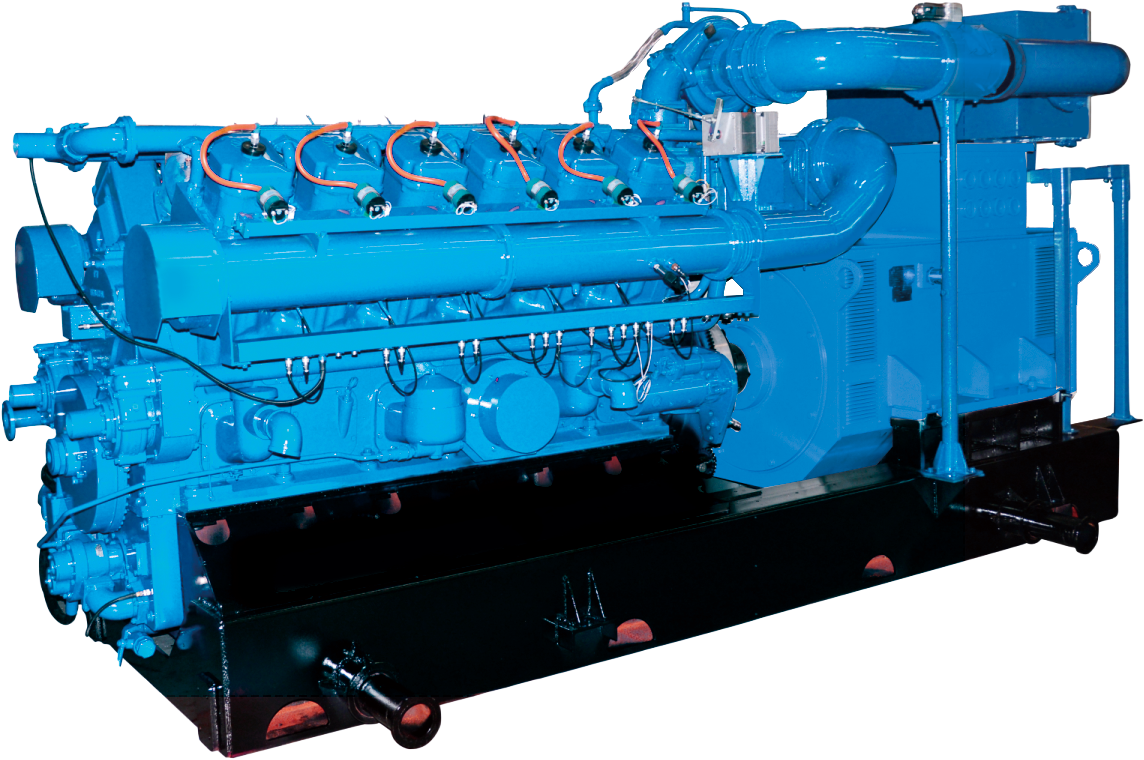
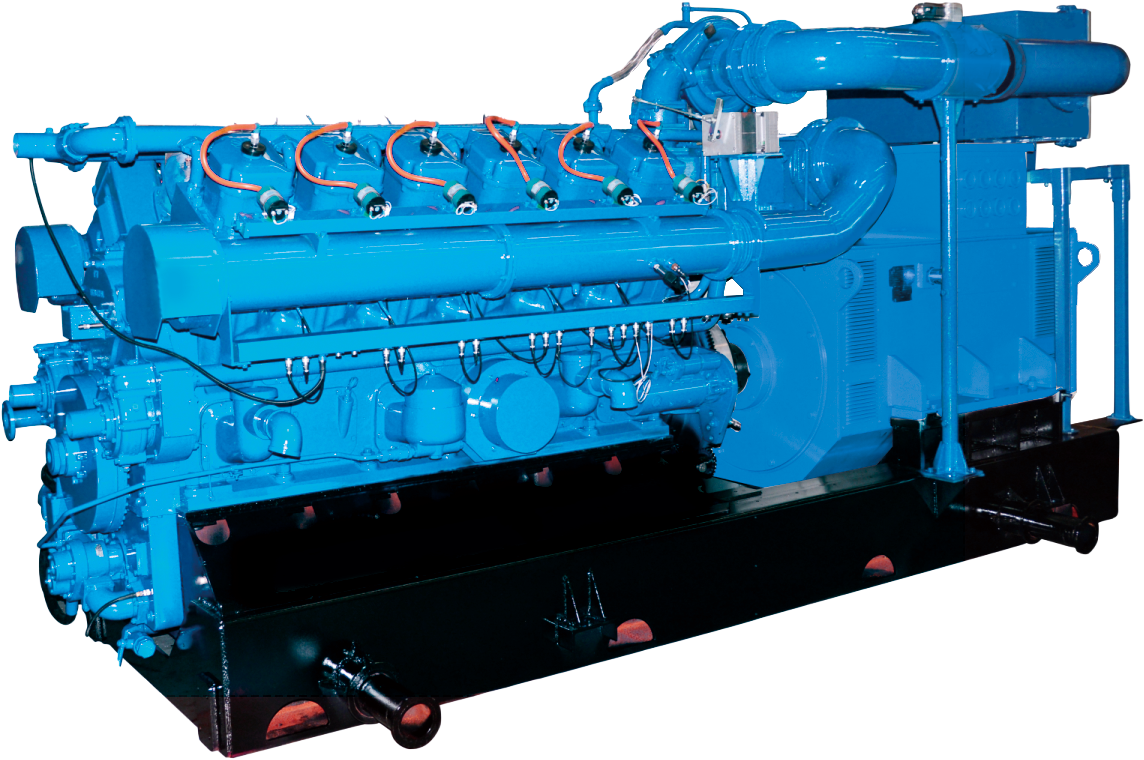
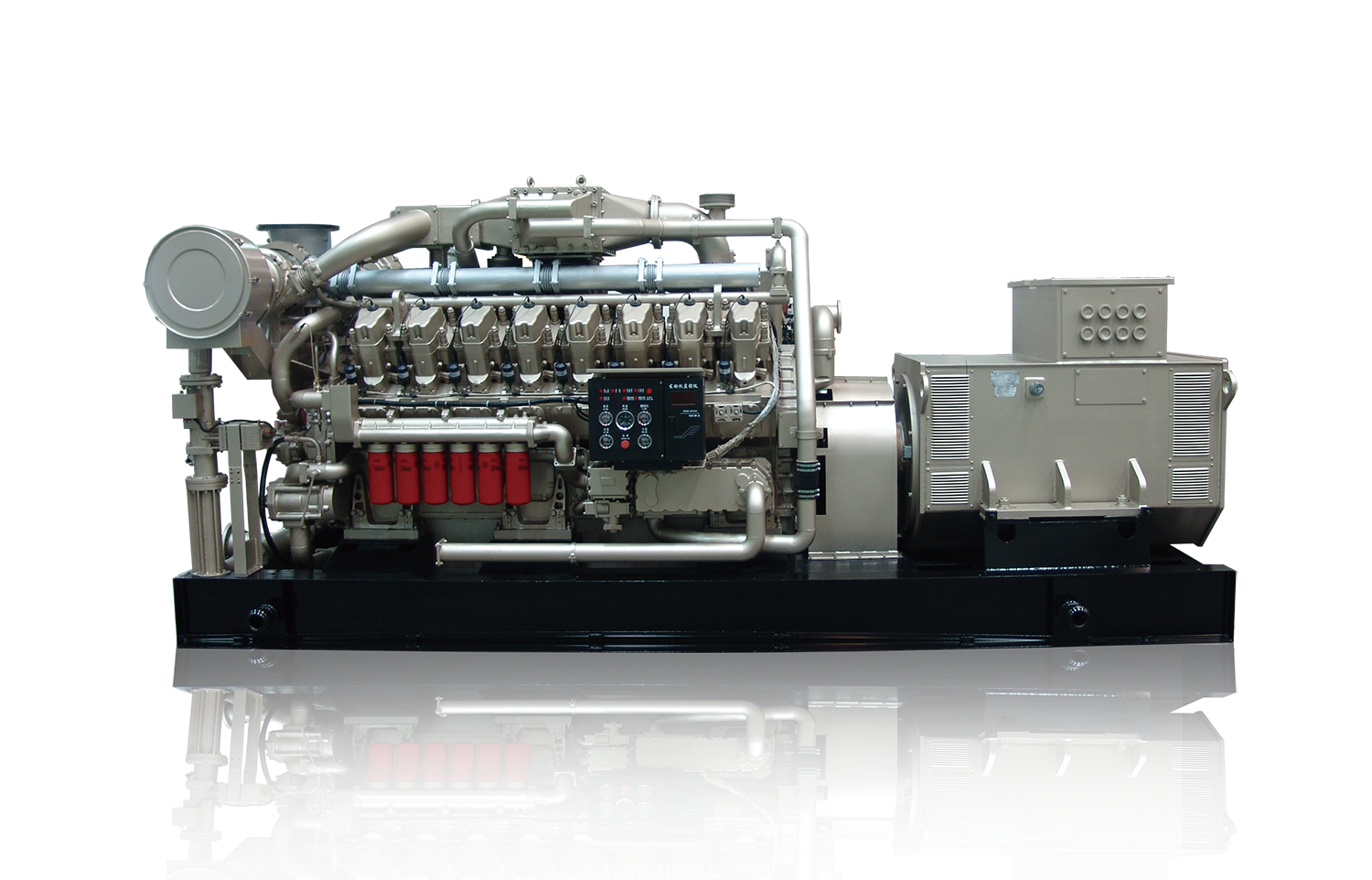
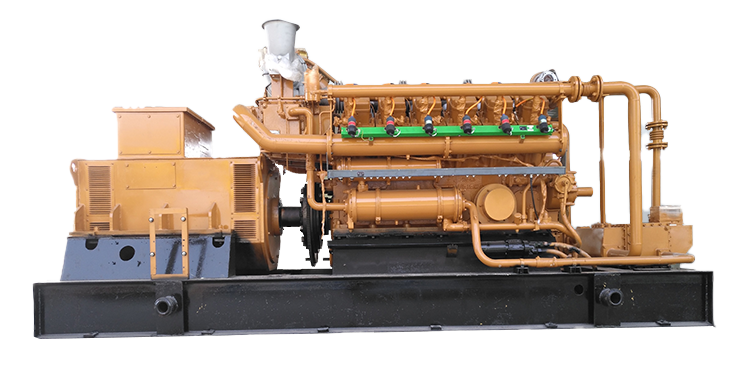

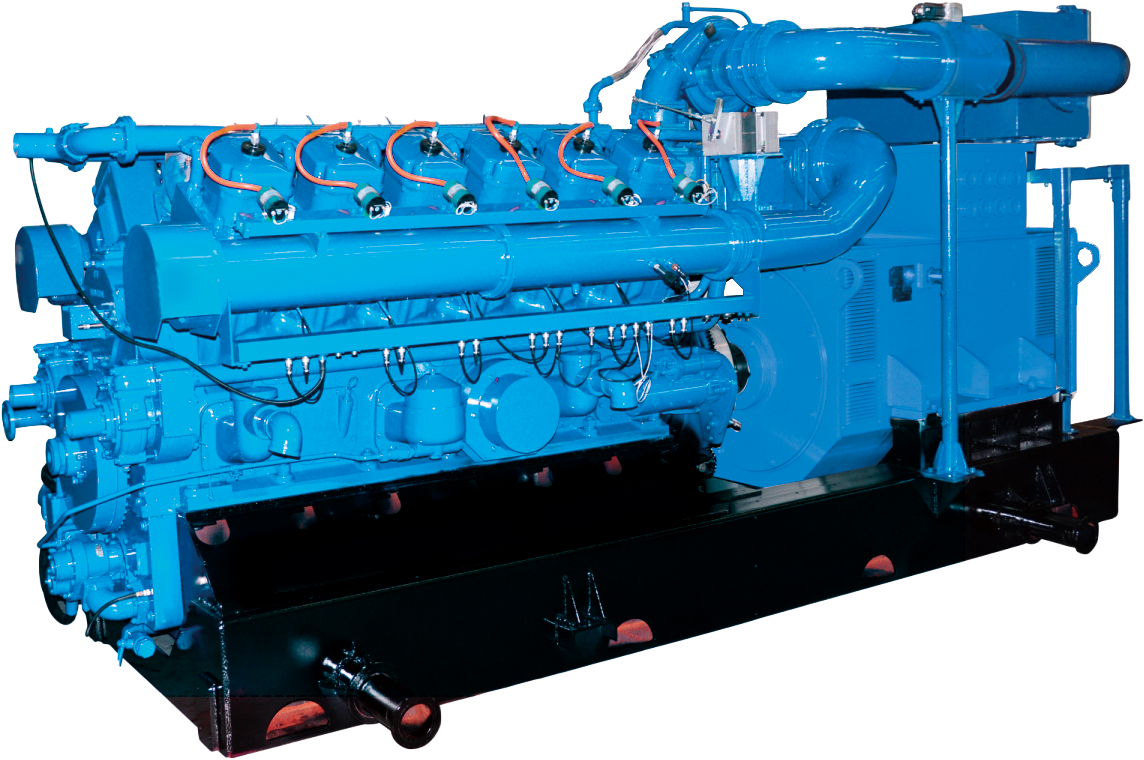
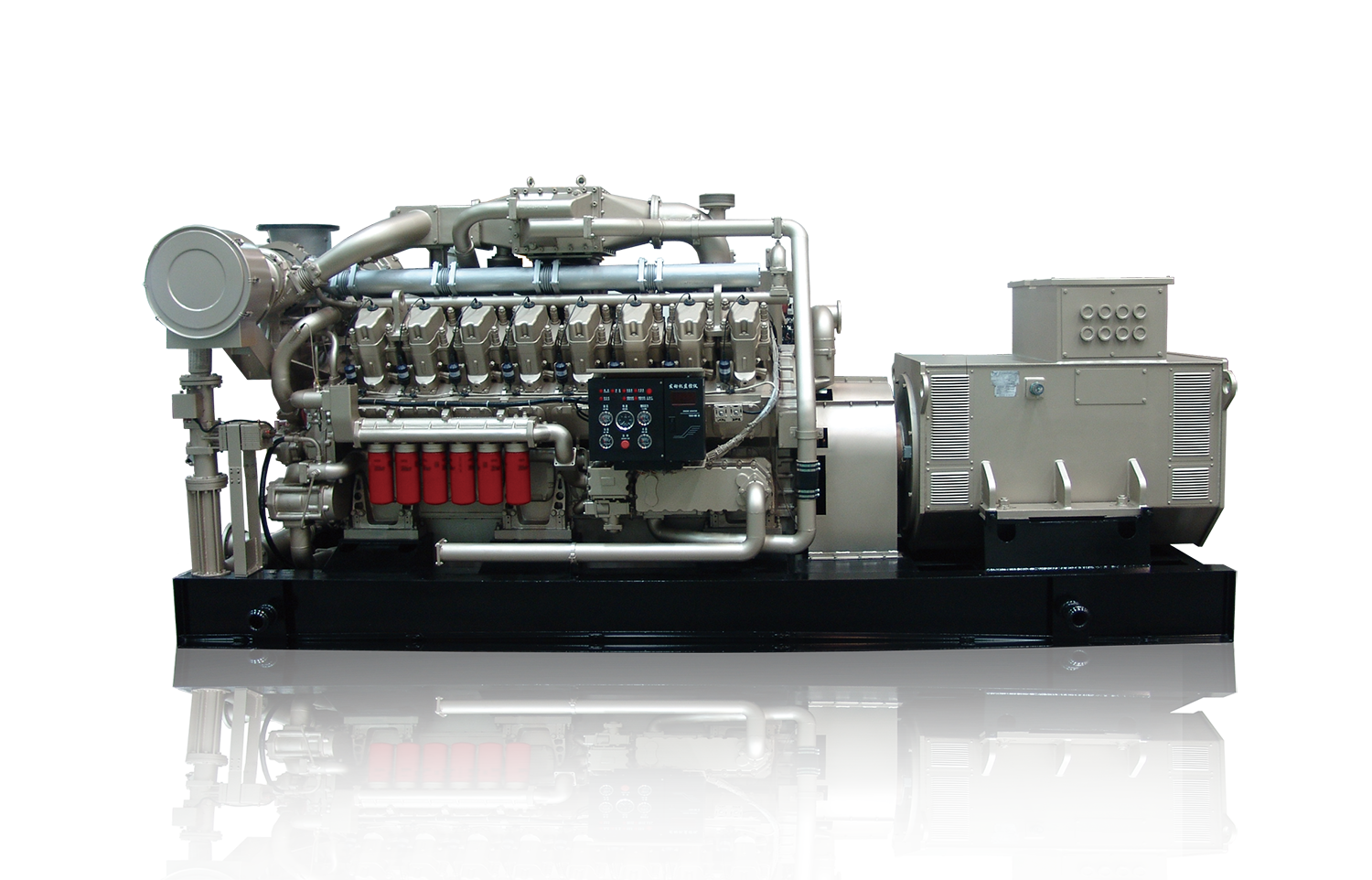
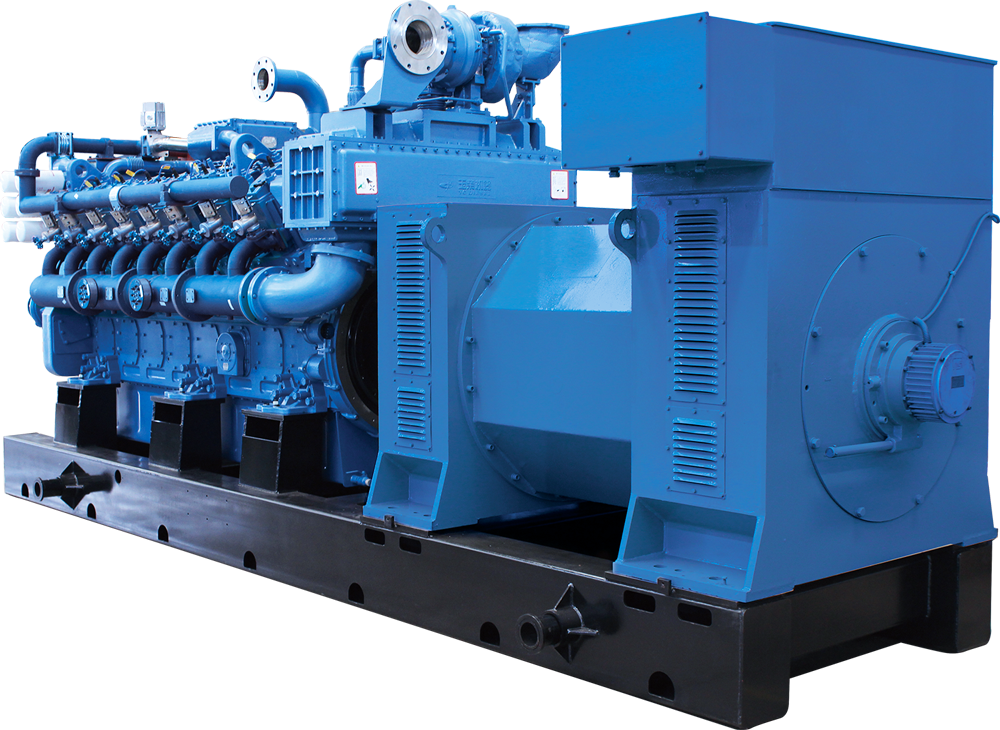


 Tel:0531-69953988
Tel:0531-69953988  Add:101, Building 5, Liandong U Valley Science and Technology Innovation Center, Zhangjin Comprehensive Bonded Zone, No. 33688 Jingshi East Road, Suncun Street, Jinan Area, China (Shandong) Pilot Free Trade Zone
Add:101, Building 5, Liandong U Valley Science and Technology Innovation Center, Zhangjin Comprehensive Bonded Zone, No. 33688 Jingshi East Road, Suncun Street, Jinan Area, China (Shandong) Pilot Free Trade Zone

